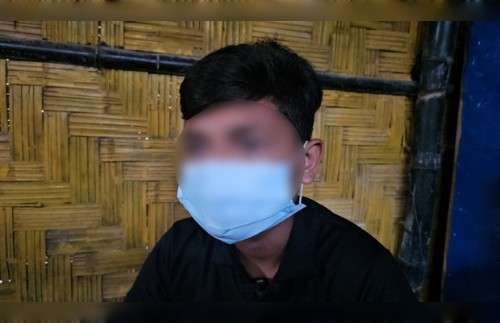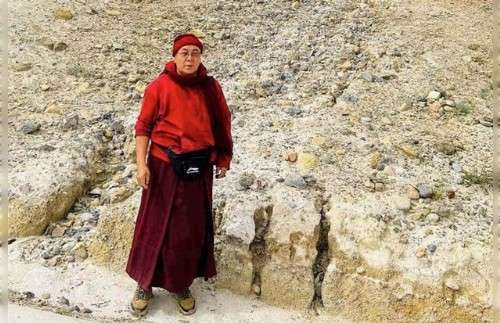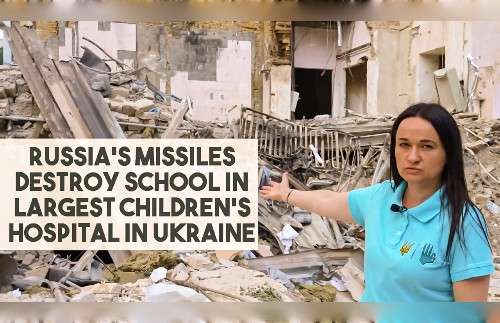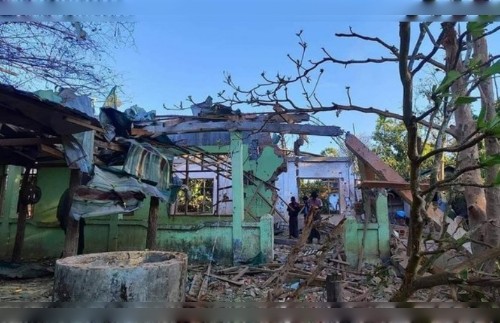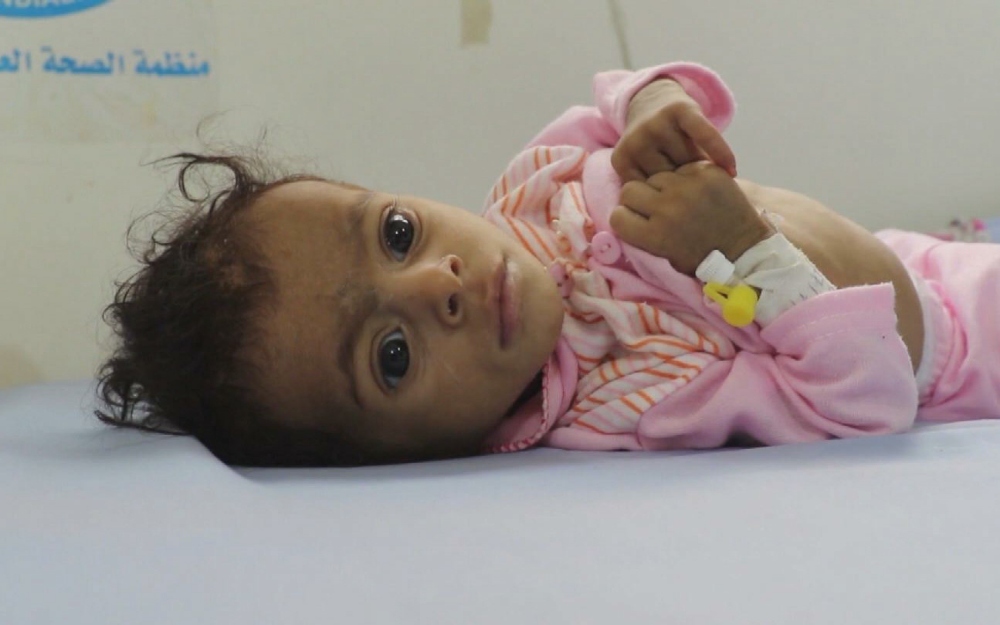
Yasmeen is only 8-months old. She lies in Al-Thawra hospital in Hodeidah. Like many of the severely malnourished children in this hospital she doesn’t cry. Her little body is lethargic and feeble; it lacks the energy to cry. In this WHO-supported clinic, severely malnourished children find help. The most critical cases are those who are not only malnourished but also have medical complications, like respiratory tract infections, severe anaemia, dehydration, and no appetite. They are the sickest of the sick.
WHO Public Health Nutritionist Zita Weise Prinzo said the ongoing conflict in Yemen led to food insecurity in the country, and “many people don’t have access to enough food and to the right types of food.” She said this combined with outbreaks of diseases and infections such as cholera measles and malaria, pneumonia “has led to widespread undernutrition in the country.”
Weise Prinzo said all forms of undernutrition are present in Yemen, but those “at the highest risk of dying are those with severe acute malnutrition with medical complications who need immediate treatment and who need to be admitted to a hospital setting, who need 24-hour care, specialized nutritional and medical care, so those who are at highest risk.”
The most complicated cases are children who are not only severely malnourished but who also are suffering from cholera. Weise Prinzo added, “In Yemen, there is the complicating factor of children who are severely acutely malnourished, who also have cholera, so there is an overlap between cholera and severe acute malnourishment. And this is a double risk for the child because these are two very complex conditions that need to be treated and this has an additional risk of mortality for the children with severe acute malnutrition.”
Millions of Yemenis are facing starvation. Between hunger and death, there is almost always disease. Thousands of undernourished people are dying of diarrhoea, pneumonia and measles. There are currently 107 priority districts “at risk of famine” out of 333 districts, according to Health Cluster figures. As of October 2018, there are currently 220,000 cases of severe acute malnutrition, of which over 7000 also have medical complications.
WHO and its partners are focusing their support on the 107 districts most at risk of famine. WHO said it supports feeding centres with the medication to care for the most vulnerable children. From January to September 2018, these centres cared for more than 7,000 children under five years of age suffering from severe acute malnutrition with medical complications. In Yemen overall, 14 million people are at risk of famine, and 60 percent of all deaths are linked to famine.
Text and Video:WHO/UN





